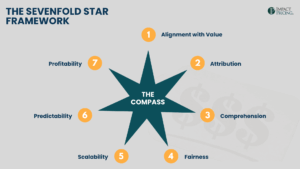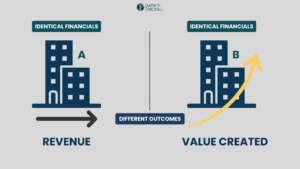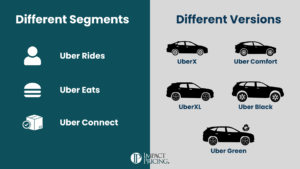We know what opportunity costs are, but are they ever relevant to pricing? If so, how?
Even though you already know, here is a quick reminder of what they are. In order for a client to buy your product, they forego other opportunities. The opportunity cost is the value of what they forego.
First, let’s look at competitive situations. When a buyer is choosing between your product and a competitor’s product, your competitor’s product represents the opportunity cost. We rarely think of it that way though, because we think about this situation in a different way.
Typically, we use Economic Value Estimation (EVE) analysis or some other technique to put a value on the differentiation. Opportunity cost is already considered as part of the activity because you are only looking at the differences.
Let’s say you wanted to explicitly account for opportunity cost in this scenario. You would fully calculate all of the value a customer would receive from your product. Then, you would calculate all of the value a customer would receive from your competitor’s product. The value your competitor’s product delivers is the opportunity cost. If they select your product, they forego the value of the competitors product. As you can see, it is much easier to just look at the differences.
Opportunity costs make more sense when considering situations where there is no competition. I call these Will I Situations because buyers never make a Which One Decision. They have to decide yes or no. How do they make this decision?
In these Will I situations you want to help your buyer understand all of the value your product will deliver. After considering the full value they expect to receive and the price they have to pay, they have some measure of ROI (not necessarily the formula). Then, they decide if this is the best use of their money by determining the ROI of other alternatives (again, not necessarily in a financial sense). The Return (the R of ROI) of the alternatives is the opportunity cost.
This explicit use of opportunity is rarely done. If your car breaks down, you buy a new one. You don’t ask if you should buy a car or take a vacation. In B2B situations, opportunity costs are implicitly considered during budget setting times.
In all of my years in business and pricing, I don’t think I’ve encountered a situation where explicitly considering opportunity costs was helpful. That’s actually good news for pricing people. You will probably never have to consider opportunity costs. The only time I’ve needed to explain it was when students wanted to include it as part of an EVE analysis. As you saw above, that’s not correct.
Let me know if you’ve ever explicitly used opportunity cost in your career. I’m curious.















